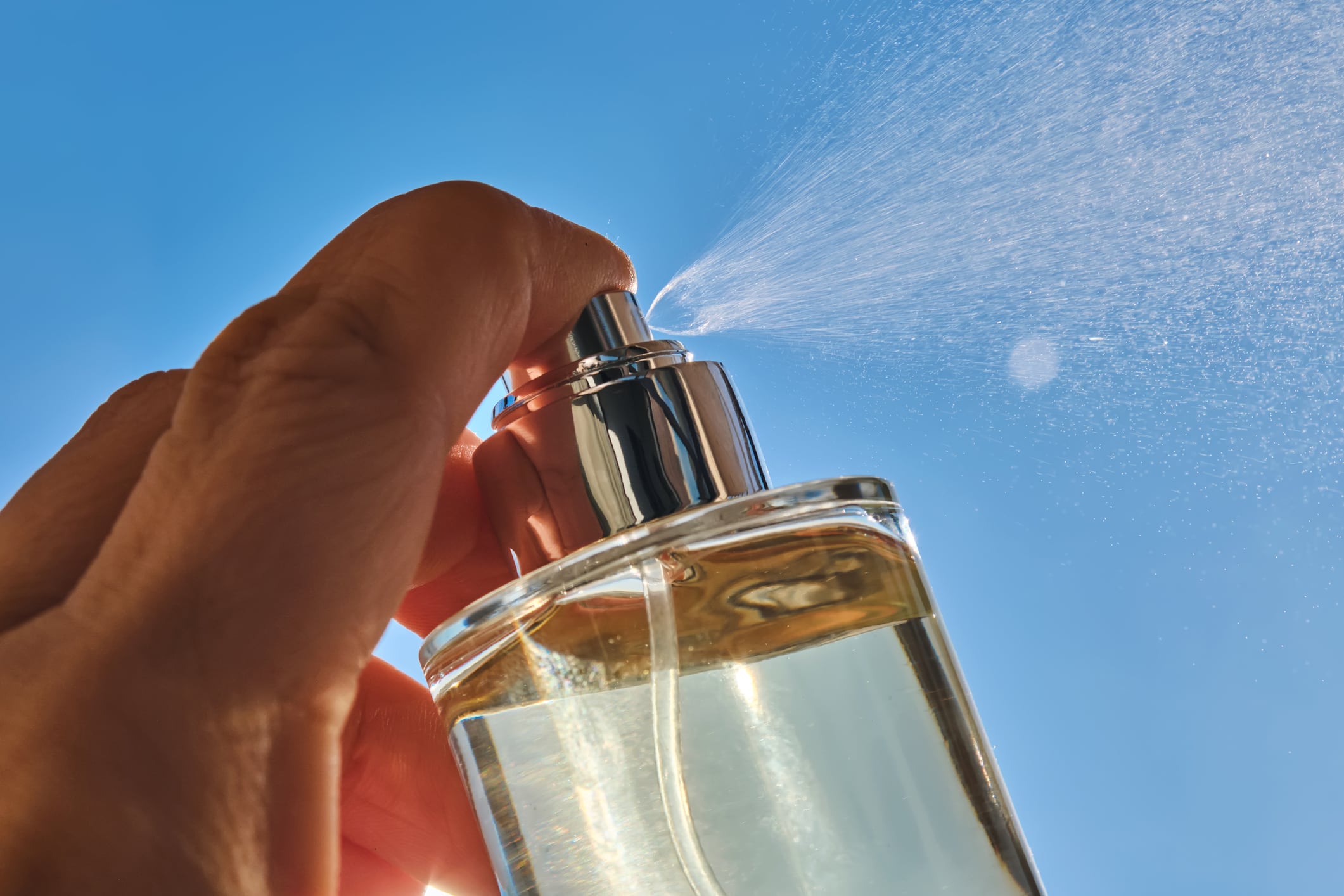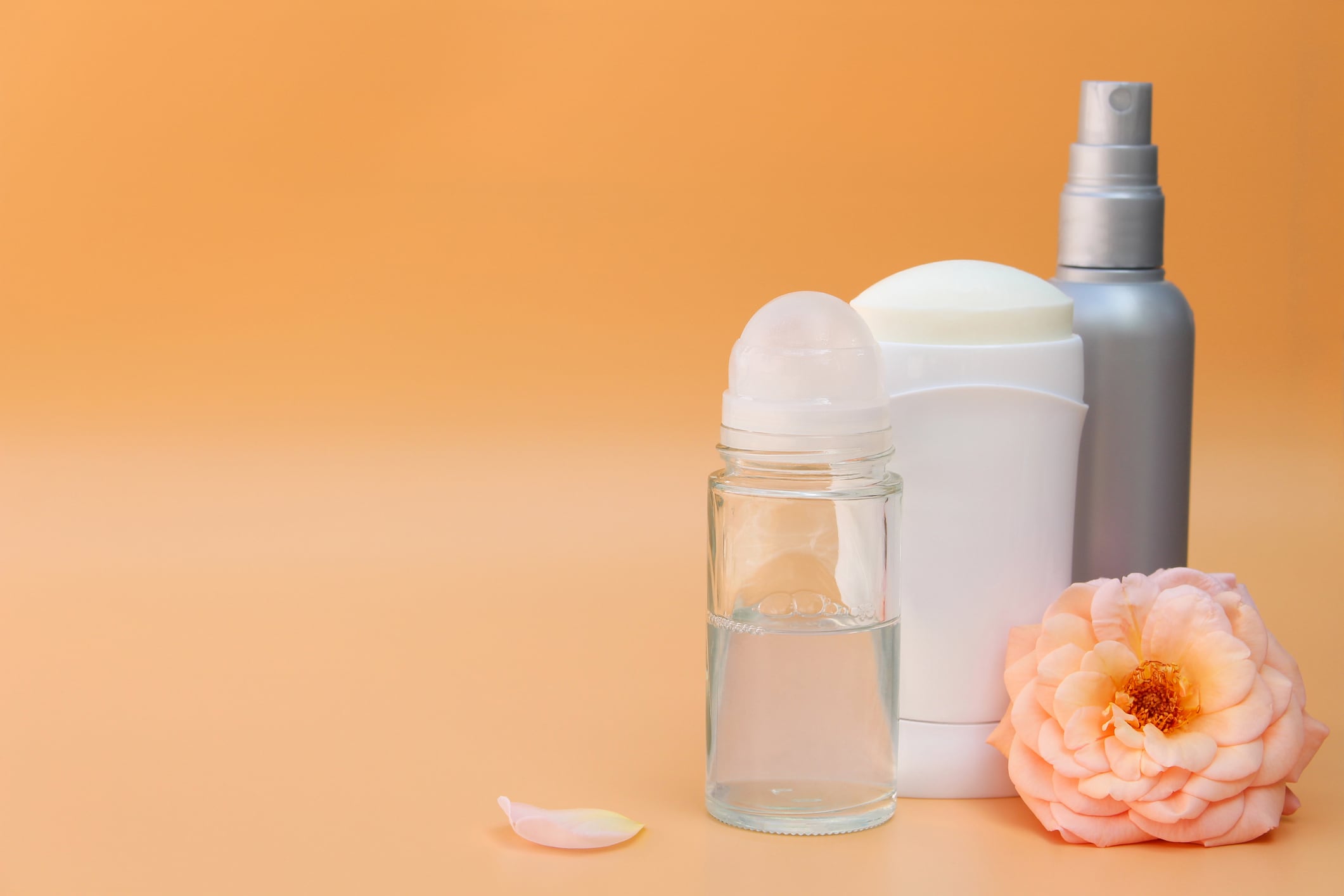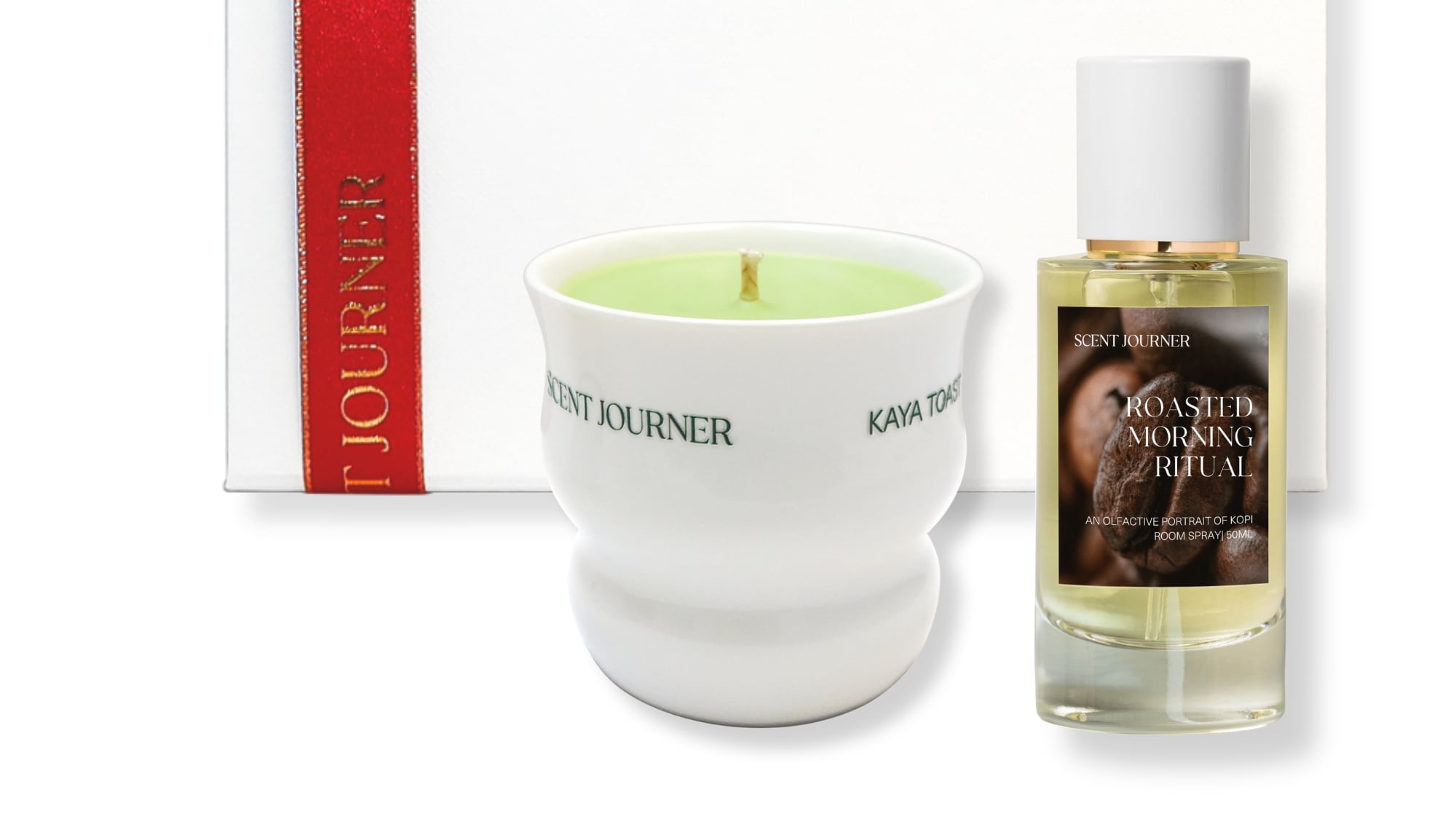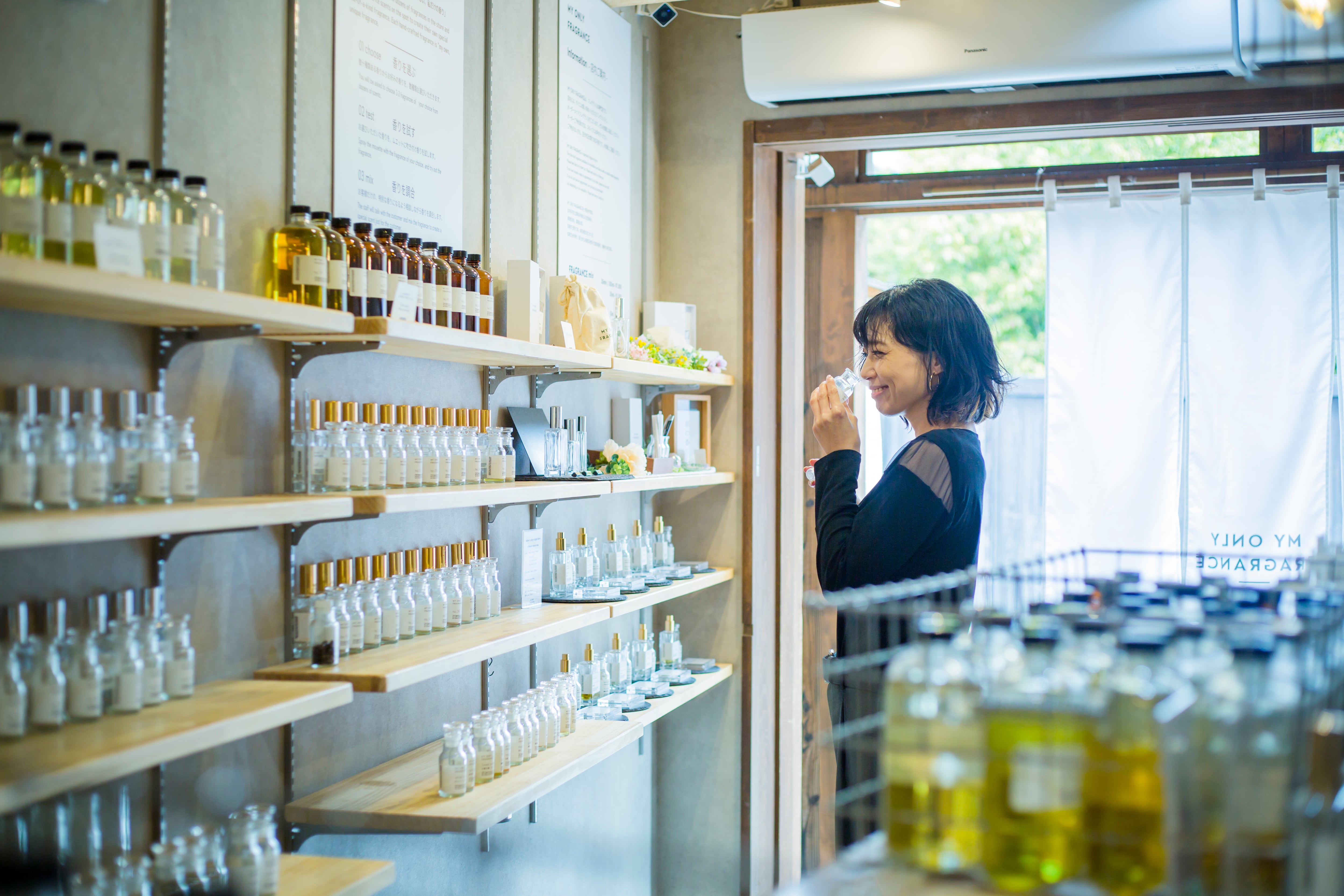While the fragrance market used to be dominated by large MNCs, there has been an emergence of indie brands across Asia, such as Tamburins in Korea, SHIRO in Japan, and To Summer in China, in the past five years.
According to Sharon Hu, Head of Product Marketing at Meiyume, these brands have built their own identity that attracts consumers with certain personality.
“There is good opportunity for brands to tap into the niche category by building a brand persona that matches their target consumer profile. This involves a lot of work, and what Meiyume can help is that we have an in-house AI market intelligence tool.
“When a brand comes to us and says that they want to target a certain group of consumers in the Asia-Pacific (APAC) market, we can give them recommendations on scents and packaging based on data. With TikTok and other widely used social media platforms, these data can be quantified and we can provide end-to-end service — from ideation utilising our insights platform to product realisation,” she told CosmeticsDesign-Asia.
With plants in Indonesia and Thailand, Meiyume has been working with several indie fragrance brands in Asia, including helping to launch To Summer in the Chinese market.
“We have a lot of experience helping indie brands to find a niche, identify brand personality, coming up with scents, and giving packaging recommendations.
“Due to our strong heritage in making premium ultra-luxe fragrance packaging for established brands under Coty, such as Marc Jacobs, Vera Wang, and Jimmy Choo, as well as Chanel’s recent new Chance fragrance, we can offer this know-how to indie and younger brands in APAC.”
In addition, Hu believes that creating a brand image and marketing messaging that align with modern consumers’ needs is key.
“In the past, especially in Asia, fragrance is a more luxurious product that makes people feel expensive. Nowadays, people wear perfume because the scent represents them or fits their mood. This demand for personalisation can be met by offering custom blends, such as DIY kits or mix-and-match layering sets that allow users to craft their own identity in scent.
“Fragrance is definitely a nice well-being experience, but how can we make it more accessible and incorporate it into daily life? So, we need to tailor marketing message better. Gen Z-oriented storytelling is tied to self-expression and mood, cultural relevance and authenticity, and digital interactivity — for example, QR codes for scent stories or personalisation tips.
“Localisation is also part of the storytelling. If a Western brand goes to an Asian market and ignores the local context in marketing, it’s not going to be very successful.”
Room for further innovation
Hu also highlighted a few areas where brands can look into innovating, including how fragrances can deliver physical and sensorial effects to give an all-round experience.
“For instance, when the kids use fragrance, it’s not only for them to enjoy nice scent play, it could also be for parents to calm themselves down. How can we balance and bring in the mood-enhancing aspect for this consumer group?”
At the same time, sustainability continues to be a key topic, spanning eco-friendly formulations to ingredient sourcing that benefits the local supply chain and packaging innovation.
In particular, Hu said that Meiyume has been investing on sustainable packaging materials for fine fragrances.
“The fancy packaging seen on traditional fragrance bottles uses materials that are not actually environmentally friendly. We have been partnering with premium brands in the market to replace these materials with more sustainable options.
“For the Chanel packaging, we managed to replace the metal cap with aluminium, which is infinitely recyclable. Being eco-friendly while maintaining an aesthetic appearance and weight that give a premium fragrance experience is something we have been working on.
“Because to the industry, it’s a very challenging task — when people think about sustainability, they have the impression of it being basic. It does not project premiumisation nor match the image of fine fragrances.
The pump is another crucial consideration when it comes to user experience.
“The challenge for the pump is that it is always multi-material, which is not in line with sustainability because it’s not recyclable. We are still studying how we can develop something that is more environmentally friendly but does not compromise performance, and we are working with different partners looking into mono-material pumps.”





